Letter #174, 2021, Monday, December 13: The Nathanson Files, Tape #4: “The event that changed his life”
I sat down in November for an interview with Terry Beatley, author of “What if We’ve Been Wrong?” and president of the Hosea Initiative, discussing how the abortion industry has deceived Catholics. The fourth part of this interview has been posted and is now available on Rumble (link) and YouTube (link).
All of the tapes from this interview will be posted on our Rumble channel and YouTube channel so be sure to subscribe and turn on notifications to ensure you do not miss any content.
Click the video below for the fourth part of the interview in which, Terry Beatley describes an event that changed Dr. Nathanson’s life; he saw an ultrasound image of a baby in the womb and felt that he had been doing something terribly wrong in taking the lives of thousands of these unborn babies.
Note to all readers: We are now beginning our Christmas fund-raising drive. We hope to raise $30,000 between now and December 31 to support these letters, interviews, videos, and analyses during the upcoming year. Thus far we have raised $720.00. Please go to this link to make your donation.
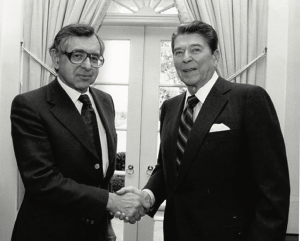
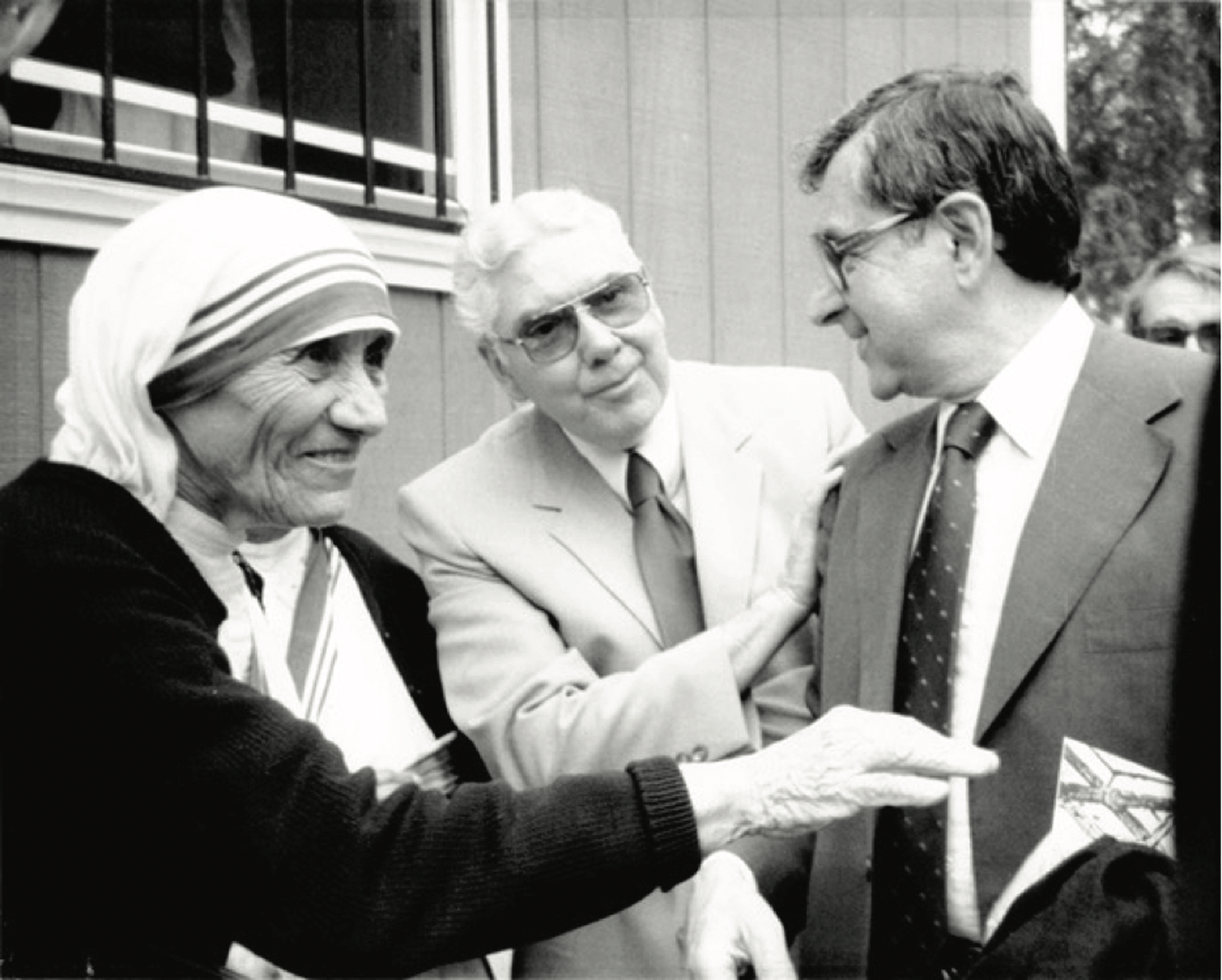
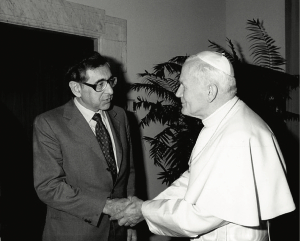
Above left, the late Dr. Bernard Nathanson (1926-2011) meets US President Ronald Reagan; center, Dr. Nathanson and St. Mother Teresa of Calcutta; right, Dr. Nathanson meets Pope John Paul II
Here is the transcript of the fourth tape from The Nathanson Files:
Tape #4 The Nathanson Files: “The event that changed his life”
This is part 4, in which, Terry Beatley describes an event that changed Dr. Nathanson’s life; he saw an ultrasound image of a baby in the womb and felt that he had been doing something terribly wrong in taking the lives of thousands of these unborn babies.
Robert Moynihan: Okay, you’ve described for us a doctor who was in the forefront of changing the opinions of the country, the feelings of the country, the beliefs of the country, and the laws of the country. And he used deceptive methods that he told you he eventually rejected. But that came from an event in his life. Something provoked a change in the way he saw this question. What was that event?
Terry Beatley: The event was the invention of real-time ultrasound.
And this is the part of the story that, I think, if Americans really understood this, that so many more people would have a change of heart.
In 1973, January, we got the Roe v. Wade decision, which he celebrated. And then, he had quit running the largest abortion facility in America, in New York City.
He was personally responsible for the death of 75,000 babies, himself.
And he went to become the Chief of Obstetrics at St. Luke’s Hospital in New York City.
And about six months or so into this job, the hospital rolled in a brand new technology called real-time ultrasound.
And his quote to me was, he said, “Terry, real-time ultrasound was the bomb. It made everything come alive.”
So he saw the baby yawning, wiggling her toes, and stretching, doing all those things babies do in the womb.
And the father of America’s industry of abortion begins to bond with a baby.
And, this process began immediately.
It’s not like he had to look at hundreds of ultrasound videos, images.
It began immediately.
He could no longer deny the humanity of the baby in the womb.
And what his wife had said was that he told her he had to be intellectually honest with himself.
And this is part of the challenge for every American or anybody on the pro-abortion side of this issue, if the father of America’s industry of abortion had to be intellectually honest with himself, why can we all not be intellectually honest with ourselves.
If he can change and figure out a better way, why can’t we all?
Moynihan: So what you have described is a turning point in his life where the forgotten factor, the embryo, the growing baby, was suddenly visible to him. And, in a way, it has been forgotten by everybody.
Each of us knows we were once babies. We were once in the womb. And we celebrate this with great joy when you learn that you are going to have a baby.
So, for Dr. Nathanson as he turned from a distorted picture where his concern for the woman ignored entirely the concern for the baby, he suddenly had a more balanced view of the situation. And he turned against what he had been proposing before. How did this affect his life?
Beatley: Greatly. So from 1973, midway through 1973, to the second anniversary of Roe v. Wade, he pleaded with NARAL board of directors that they had a … that they now, real-time ultrasound, the science of real-time ultrasound had revealed that they had a medical, moral, ethical issue on their hands.
And he begged them to change their position. He said, “like a good Stalinist organization, NARAL had gotten what they wanted through lies and propaganda and they had absolutely no intention of changing their position.”
So Dr. Nathanson, for the remainder of the 19… Let me see, this would be in the 1980s, 1984, he made the video Silent Scream, which revealed what the baby is going through during a first-trimester abortion.
This, the reality of what he saw was… it caused him to become… many suicidal thoughts for the second half of the 1980s. He was suicidal.
He went back to a Rabbi, couldn’t figure out solutions there. He tried all sorts of different things.
He was very very sad and he did not know what to do. He wrote about it and he said he would wake up at 4 or 5 in the morning in sweats, imagining, dreaming that he would be standing in front of a court. And he was praying that he would be acquitted. Not praying, but thinking, hoping, that he would be acquitted.
And then his path crossed with a Catholic priest and that’s when he began to get answers.
Moynihan: And who was that Catholic priest?
Beatley: The Catholic priest was Father C. John McClosky.
And Dr. Nathanson described him as like a knight in shining armor who came into his life at the perfect time.
Because Nathanson had no clue what to do with all this grief, all the shame, all the regret.
And I think it’s important to state this, of 75,000 babies, he personally aborted 5,000 babies with his own hands.
He trained doctors how to perform abortions on 10,000 babies.
And when he ran the largest abortion facility, that was where another 60,000 babies.
So that when I asked him point blank, “How many babies are you personally responsible for?”
And that’s when he said, “75,000.”
Moynihan: And what did he do with this feeling of guilt? And how did he express it to Fr. McClosky?
Beatley: Well, he first tried drugs and alcohol and psychotherapy and all these things.
But he met with Fr. McClosky repeatedly. I think it was every week they would read the Catholic Catechism and they would read the great Classics together. They were both avid readers, very scholarly.
And Dr. Nathanson said somewhere in that 5-6 year period, he stopped contemplating suicide and he realized he was contemplating the love and mercy of Jesus Christ.
Moynihan: And what did Dr. Nathanson decide after these many months, actually years of conversation with Fr. McClosky?
Beatley: Dr. Nathanson decided that it was time to receive, fully, the love and mercy of Jesus Christ.
And he was baptized on December 8, 1996 at St. Patrick’s Cathedral in New York City. And on that day, his quote is, “Now I am a full Jew.”
And he received the love and mercy of Jesus Christ.
And what strikes me is most Americans do not know his story. And his story is one of love and mercy. God’s great love and mercy that knows no boundaries.
I mean, if God can forgive the father of America’s industry of abortion, imagine what God can do for the millions of women and men who have had one abortion affect their lives, one, two or three. So, it’s a story for our time.
Moynihan: What did Nathanson then do? Did he become a speaker and a writer? What do you know about his life after his conversion?
Beatley: He traveled the world spreading the Gospel of Life, revealing the truth of how he deceived our country. And he shared his remorse.
And he wanted… and he wrote another book, called The Hand of God.
He was the author of three books. The first one was in 1979, Aborting America. He was 100% pro-life, but he had not become Catholic yet.
Then in 1984, he wrote The Abortion Papers.
And then in 1996, I believe it was right before he was baptized, he released the book The Hand of God, which tells his journey from death to life, to life in Christ.
Moynihan: And he no longer had thoughts of suicide?
Beatley: No.
(to be continued)
Our Work: An Overview
We ask you to support Urbi et Orbi Communications with a small or large contribution, at this difficult time, in order…
(1) to keep Inside the Vatican Magazine (which we have published since its founding in 1993, 28 years ago) independent and comprehensive… Now available to you digitally as well as in print! Now offering Virtual Events, ITV Writer’s Chat and Reader’s Chat!
(2) to ensure that Inside the Vatican Pilgrimages can keep creating encounters.
(3) to help bring the Catholic Church and the Orthodox Churches closer together by “building bridges” through our non-profit Urbi et Orbi Communications.
(4) to sustain our occasional news and analysis emails, The Moynihan Letters, bringing valuable information and insight to thousands of readers around the world.
Please, do not overlook this opportunity to work with us. We very much appreciate your gift, whether small or large.
Thank you.
In Christ,

Dr. Robert Moynihan and the rest of the Urbi et Orbi Team

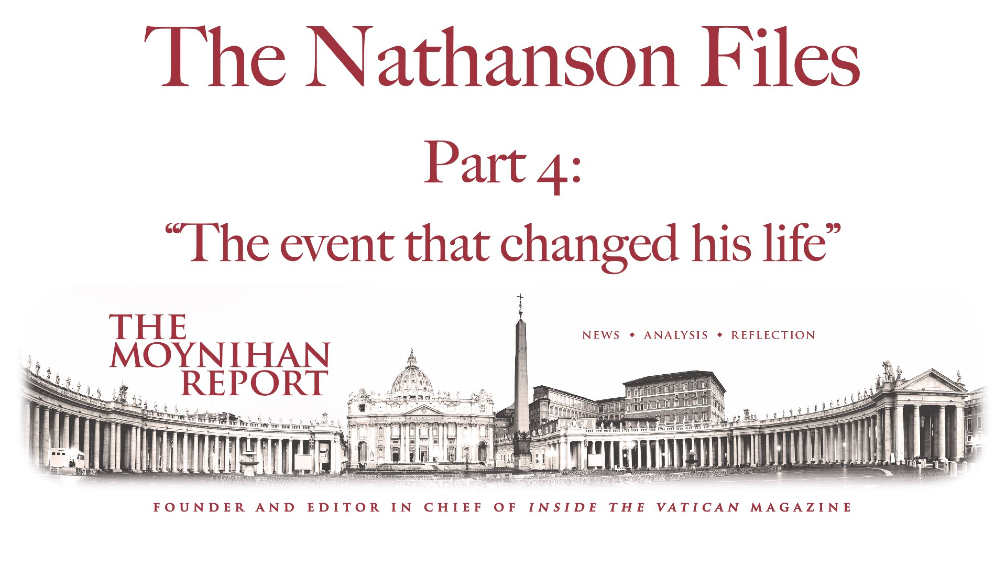

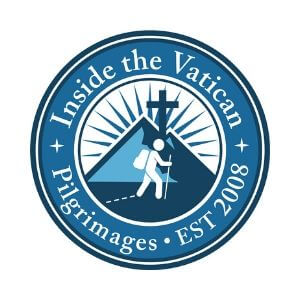
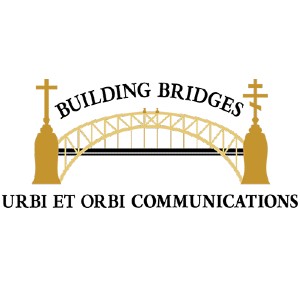
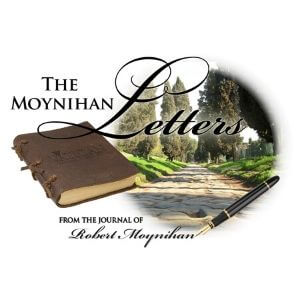




Facebook Comments